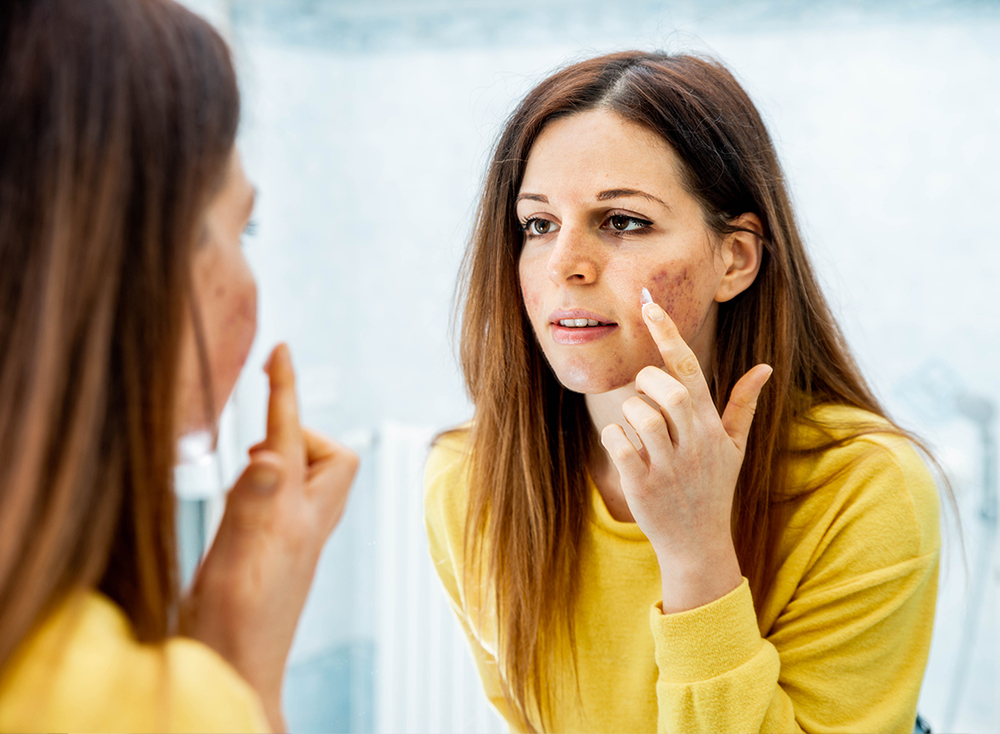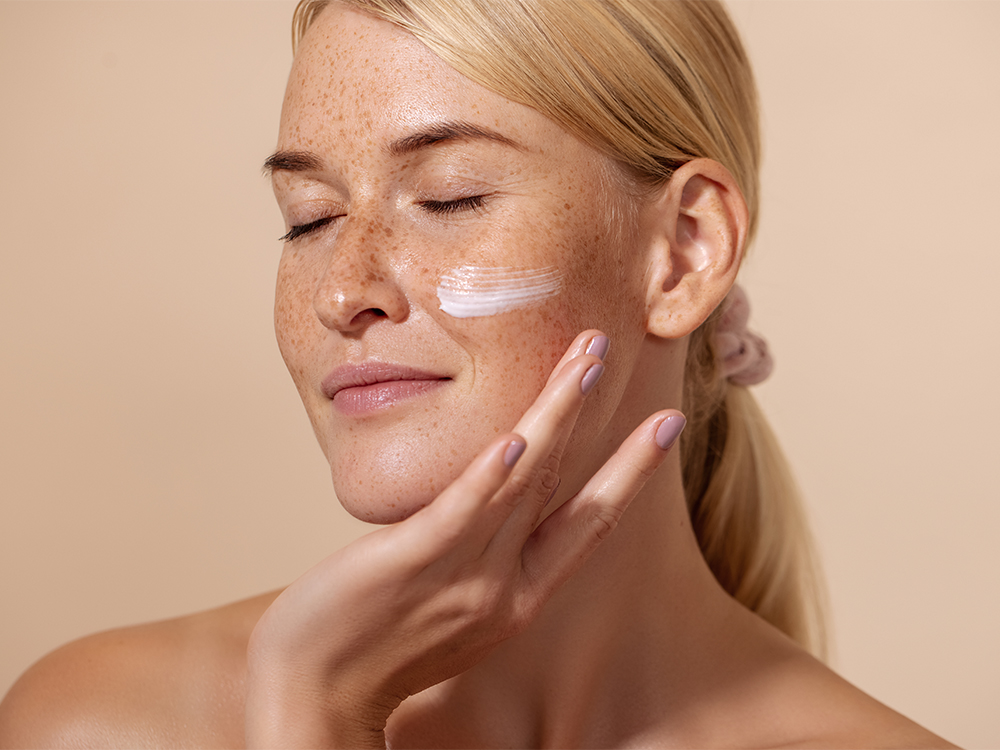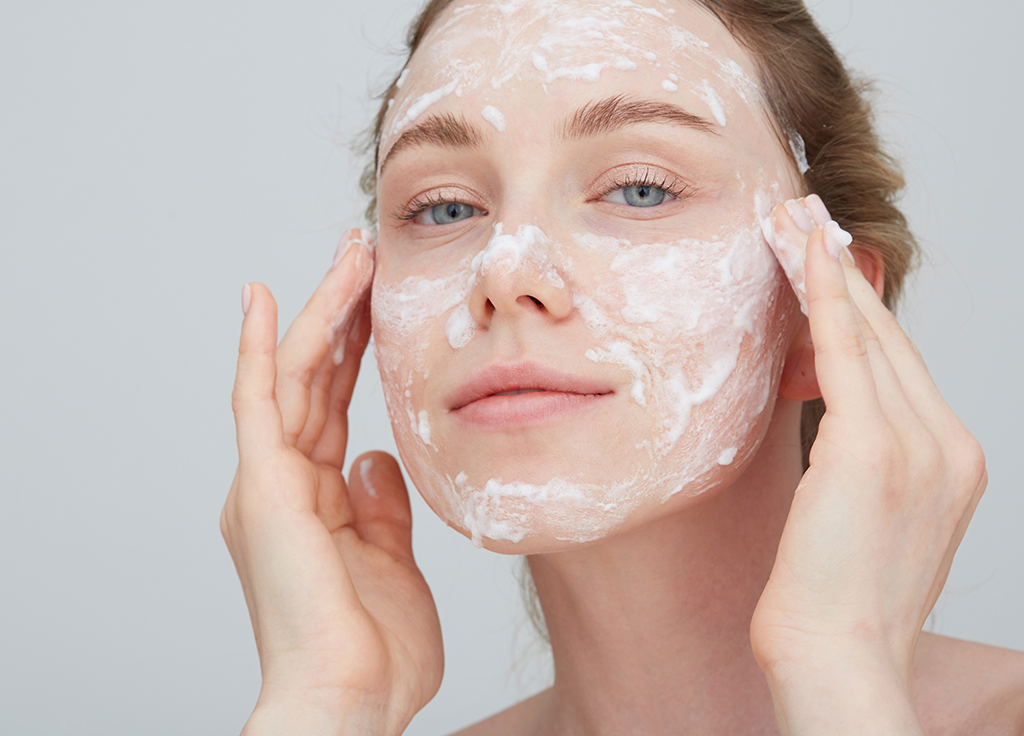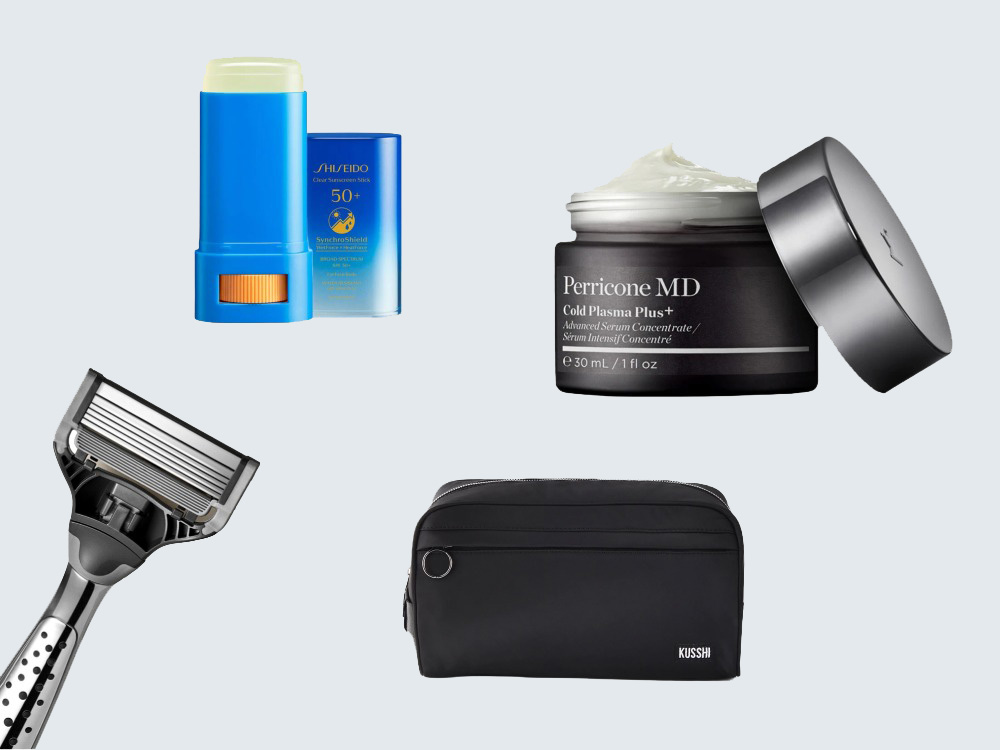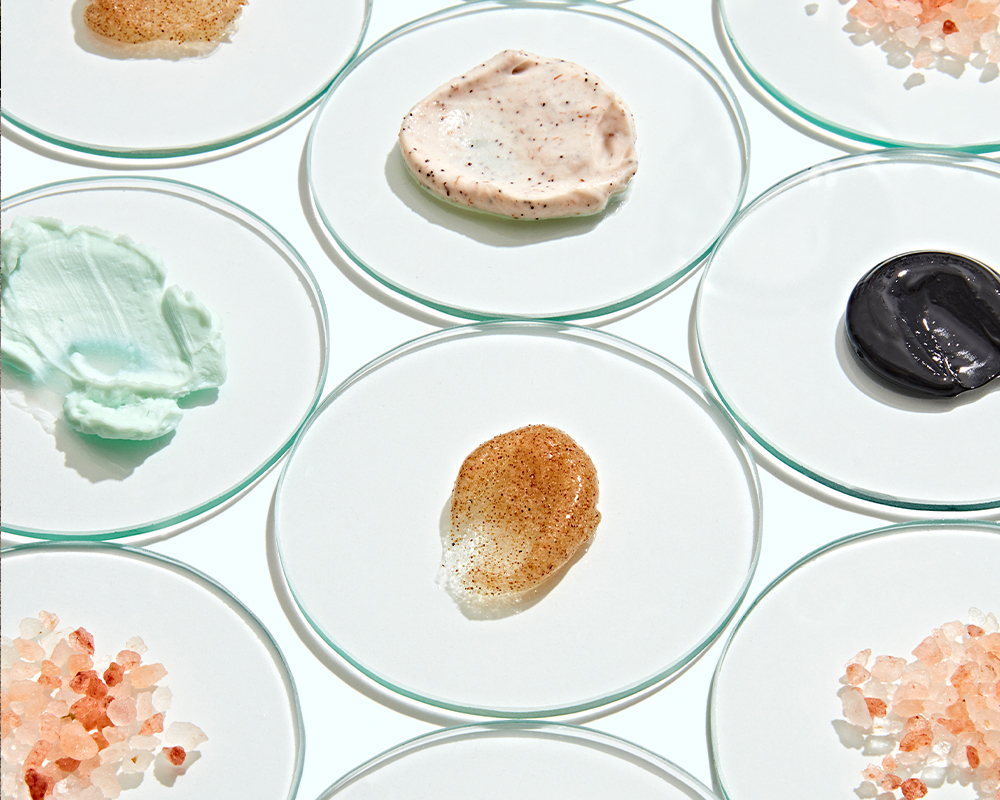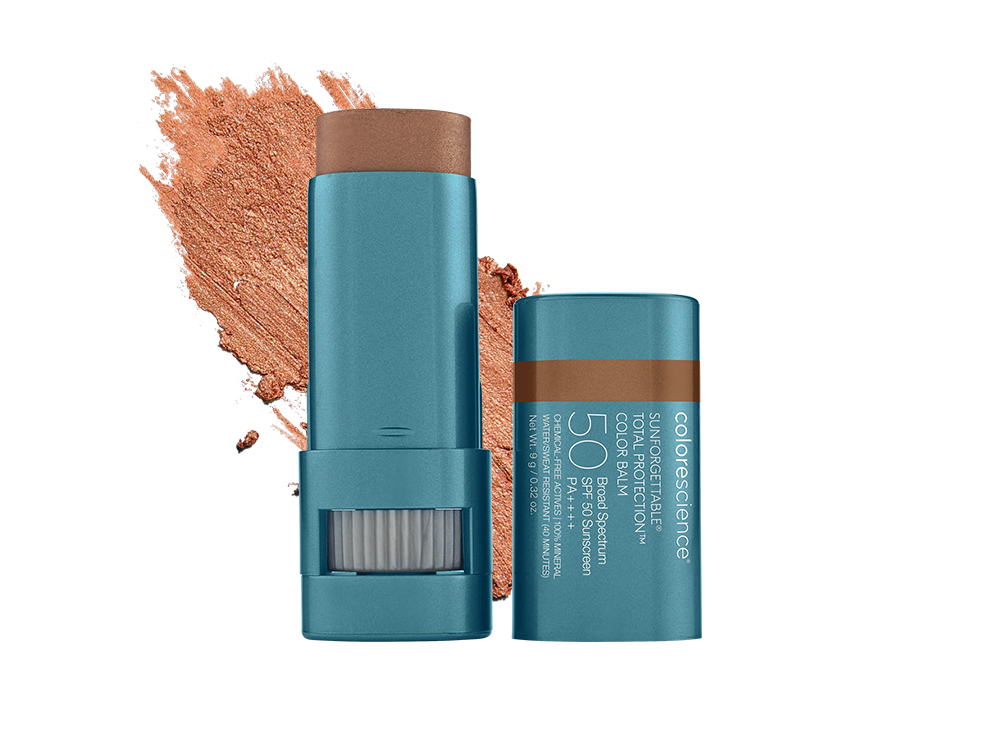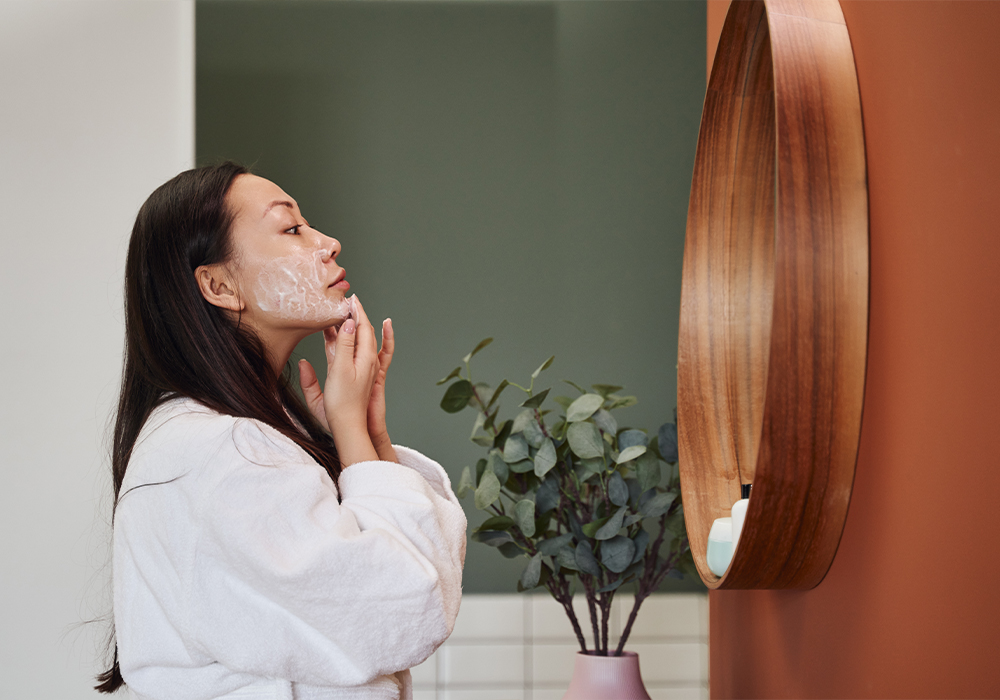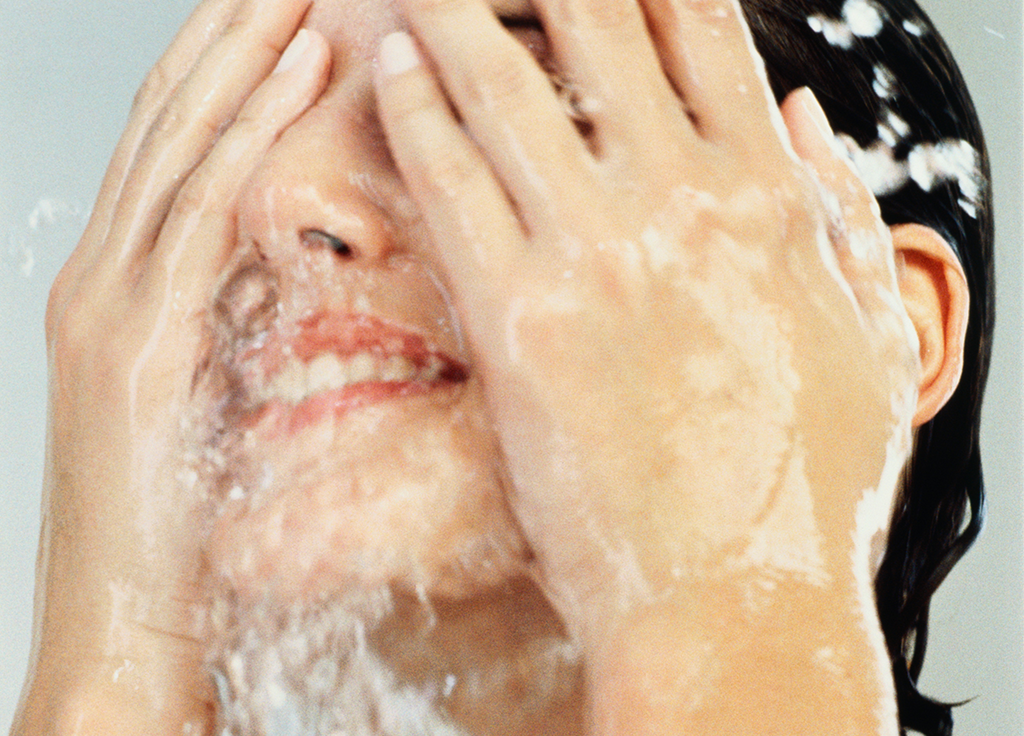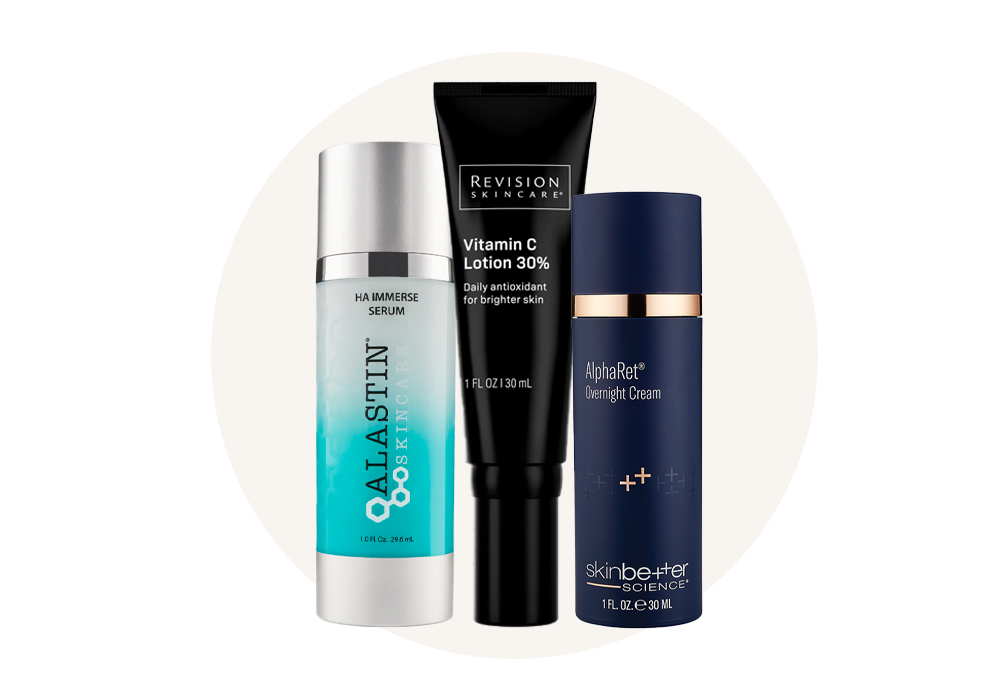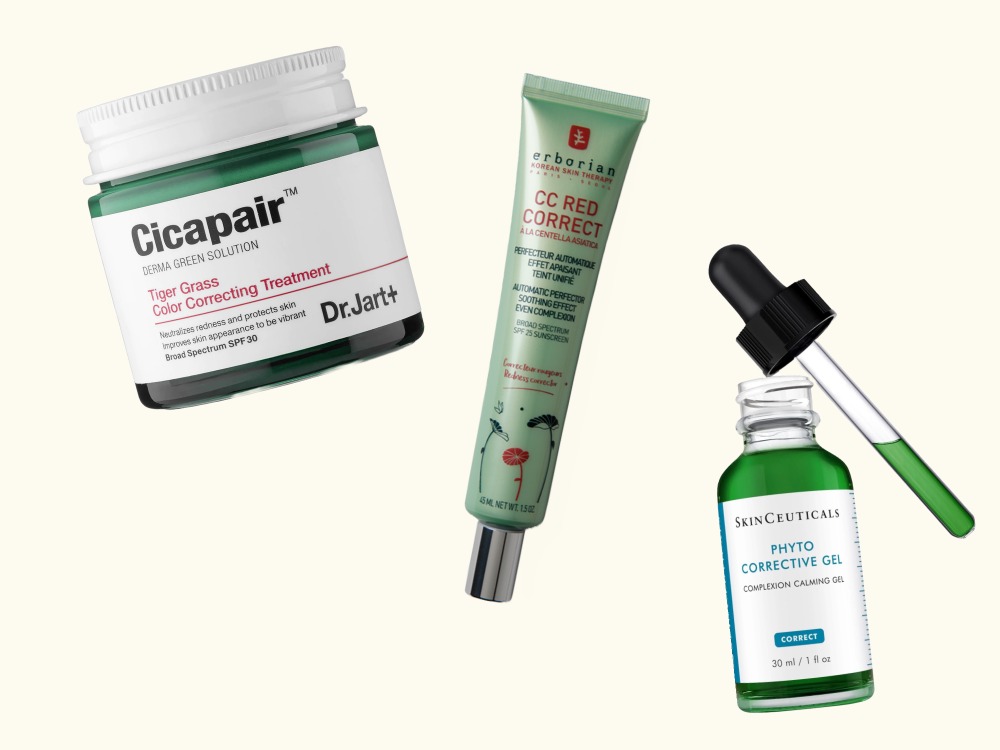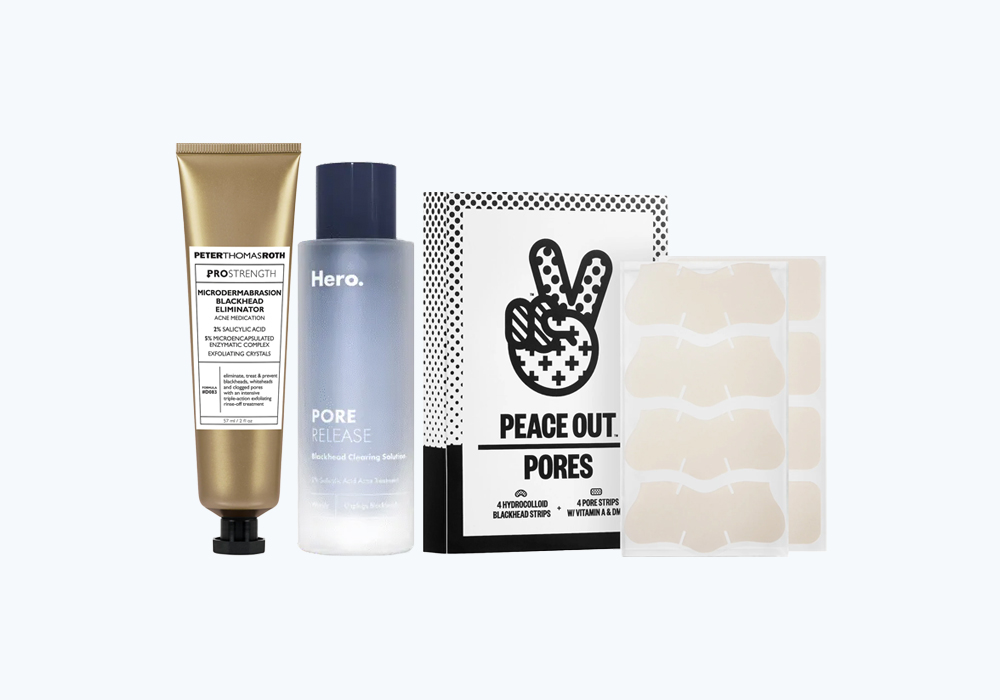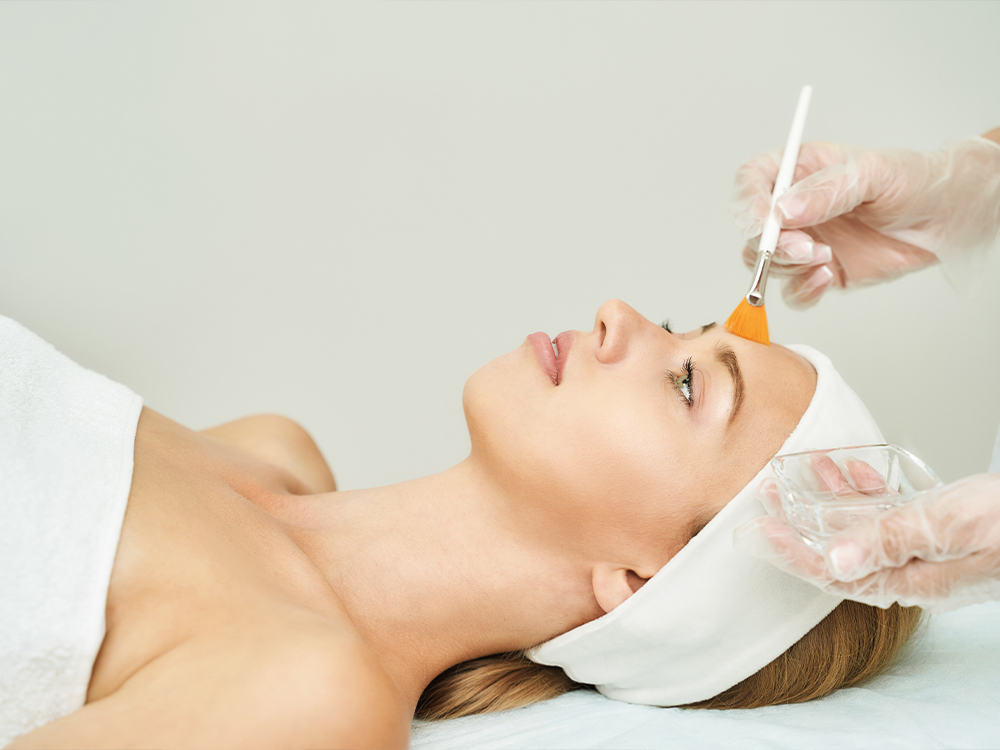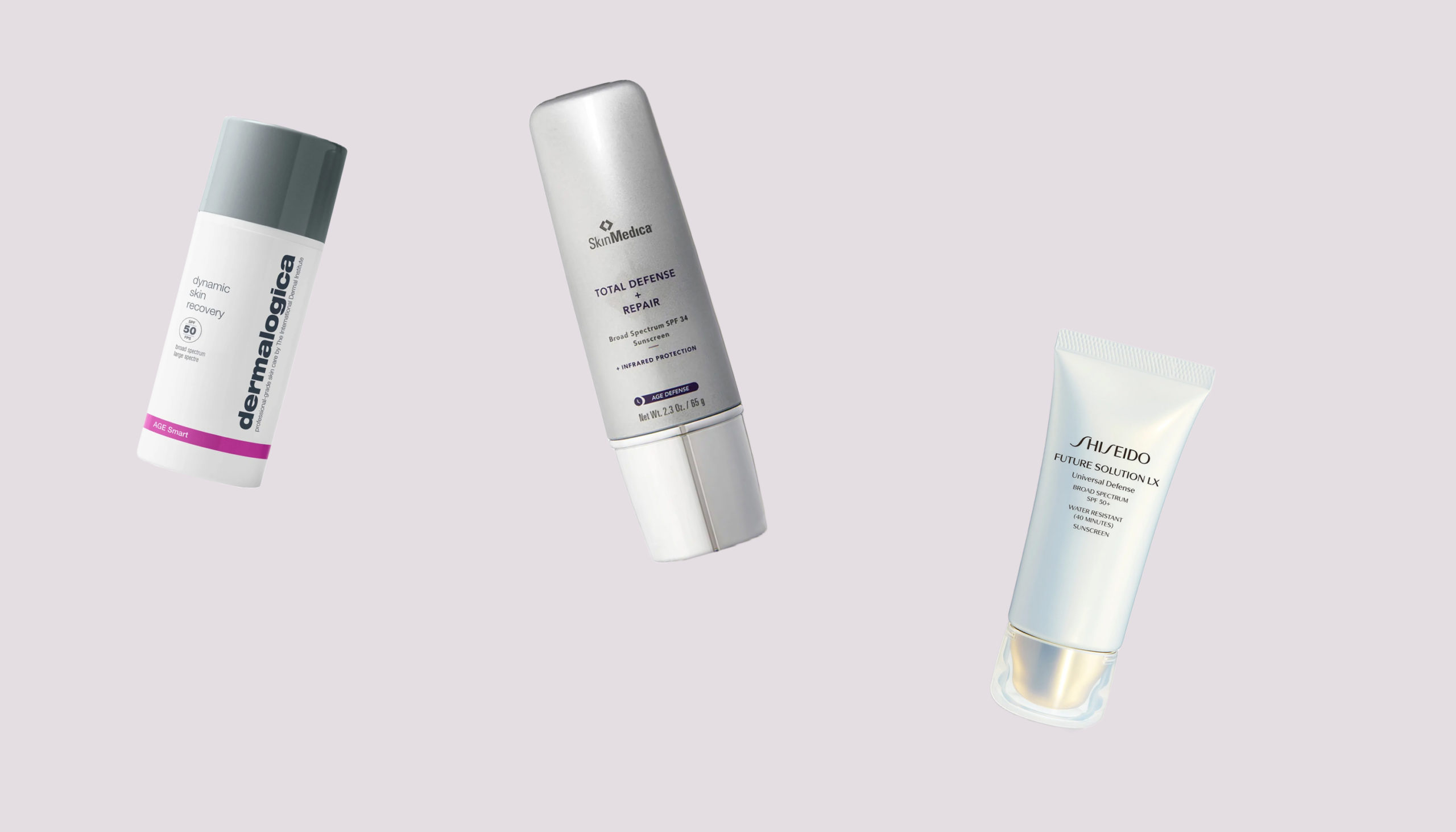While an at-home peel is less intense than its in-office counterpart, you can get amazing results from peels you perform yourself—if done correctly. If you’re not a peel expert, it can be easy to slip up, which can lead to a lack of results, or worse, it can upset your skin. Luckily, we’ve got all the best tips from experts on how to safely and effectively perform and care for an at-home peel.
Pick the right peel for you
“The most important tip I can say is to pick the right peel, which means you first have to know what you are treating, what your goal is and what your skin type is,” says Fort Lauderdale, FL dermatologist Dr. Matthew Elias. It’s important to remember that everyone’s skin is different, so you shouldn’t take a cookie-cutter approach to peels.
First, Davie, FL dermatologist Marianna Blyumin-Karasik, MD says you need to identify your own skin type, be it oily, dry, sensitive, etc. “The more oily and hearty a skin type is, the more it can tolerate the stronger home peel,” says Dr. Blyumin-Karasik. Then consider what skin concerns you’re trying to address and do a bit of research on which peel will suit your needs best. “If you are trying to treat pigment, AHA’s like lactic and glycolic acid will be best. If you’re trying to treat acne, BHA’s like salicylic acid will be a better choice,” explains Dr. Elias.

Don’t exfoliate before the peel
At-home peels work to reveal better, brighter skin, and they’re formulated to do the trick all on their own. New York dermatologist Julie Russak, MD advises avoiding physical or chemical exfoliation before using an at-home peel. Overdoing it can cause your skin to freak out or become too raw.
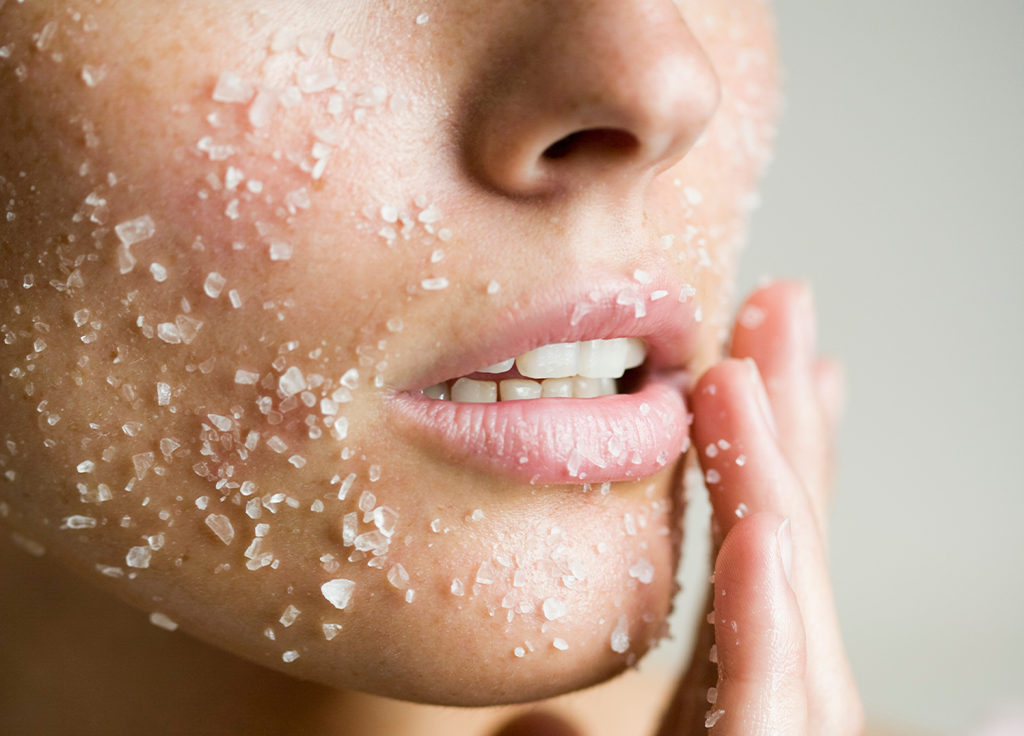
Don’t use retinoids with a peel
While retinoids are a great step to have in your skin-care routine, if you plan to do a peel, you’ll have to put them on pause. Dr. Elias recommends stopping the use of any retinoids and other harsh topicals at least three days prior to performing an at-home peel. Additionally, Dr. Russak says you should continue to stay away from products containing retinoids until all skin peeling has subsided, which is usually about one week.
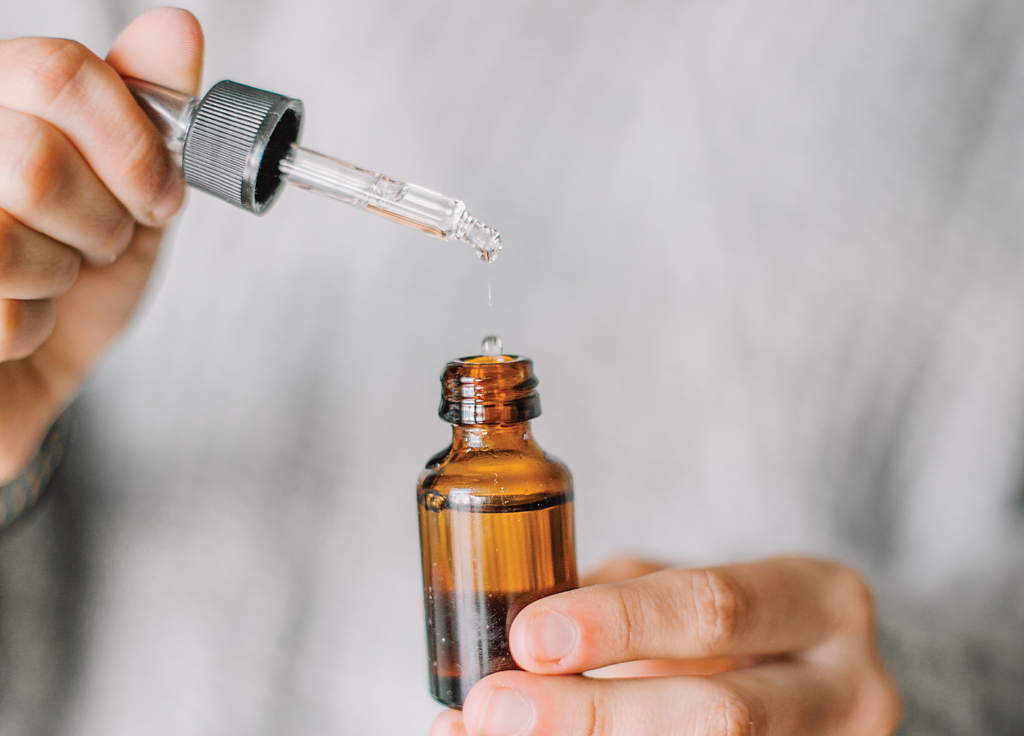
Ease into it
Dr. Blyumin-Karasik says when it comes to at-home peels, “slow and steady wins the race.” By this, she means you should start with a lower concentration peel, adhere to the shortest directed contact time and space out application a week apart. “Too fast and too much peeling can lead to unwanted side effects: redness, swelling, stinging and a burning sensation,” she warns.
Also pay attention to how your skin reacts. “If your skin can tolerate the peel well without any redness, swelling or irritation and you just have mild dryness and gentle exfoliation, you can gradually increase concentration or time period of application or frequency to a few times per week,” says Dr. Blyumin-Karasik.

Do a spot test first
You never know how your skin will react to a new product, so it’s best to test it on a smaller area first, especially if you have a darker skin type, are prone to pigmentation or have sensitive skin, says Dr. Elias. He says a great place to spot test is behind your ear. Observe how your skin reacts in that small area before treating your whole face.
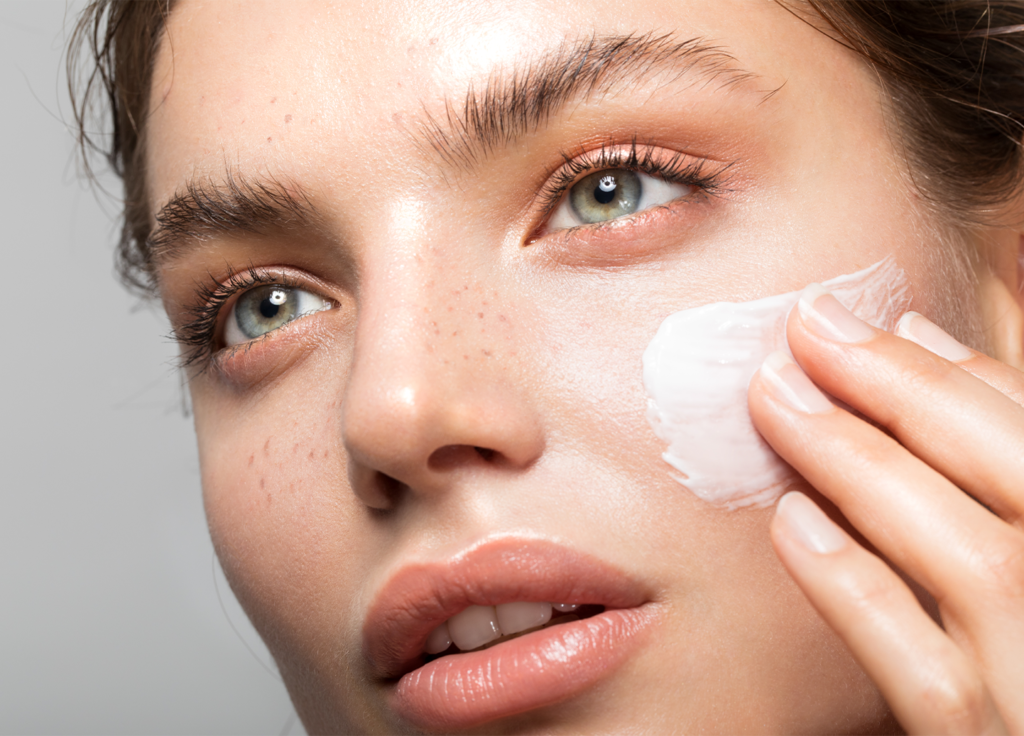
Don’t pick your skin
Dr. Blyumin-Karasik warns that you should be prepared to experience exfoliation recovery for a few days during which your skin looks pinker, dryer (sand-paper-like), and with a few flakes present. While it’s tempting to peel your skin, it’s important to show restraint. “Avoid any physical exfoliation, do not rub or pick peeling skin as this can lead to scarring and/or an increase or lack of pigmentation,” warns Dr. Russak.

Prep skin with a gentle cleanser
Before applying an at-home peel, you should wash your face, but not with any products that are too harsh. Dr. Elias recommends using a gentle cleanser to prep the skin ahead of the peel to achieve optimal results.
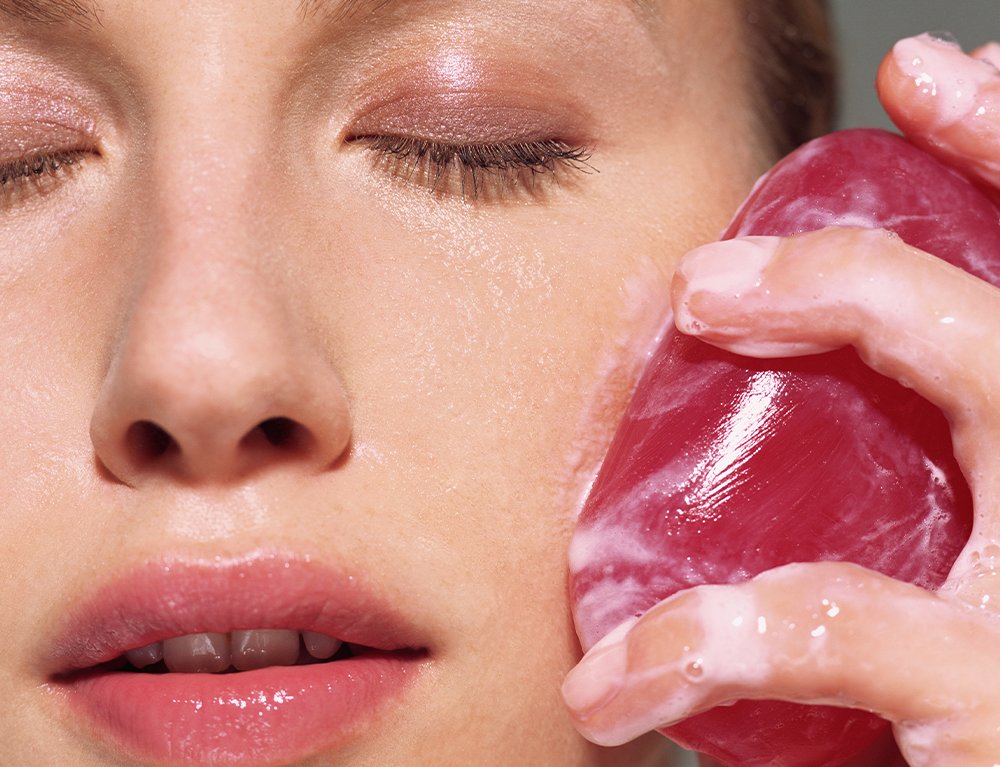
Wear sunscreen
You should be wearing sunscreen every day, but it’s even more essential before and after an at-home peel. Dr. Russak says you should avoid excess sun exposure as much as you can and wear at least an SPF 50, both pre- and post-peel. So if you tend to use lower SPF, bump it up when doing a peel.
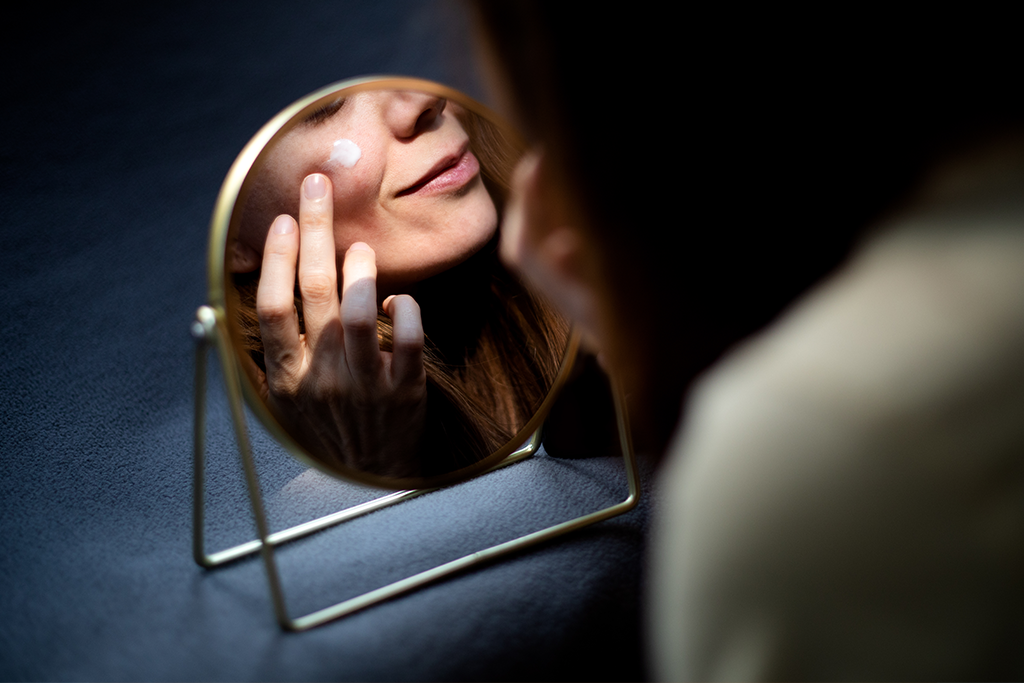
Keep your skin hydrated after the peel
Dr. Blyumin-Karasik says it’s important to help reinforce the skin barrier post-peel by moisturizing frequently. Swap out any harsh or exfoliating products in your regimen for gentle, hydrating skin care until the skin has healed, advises Dr. Russak.
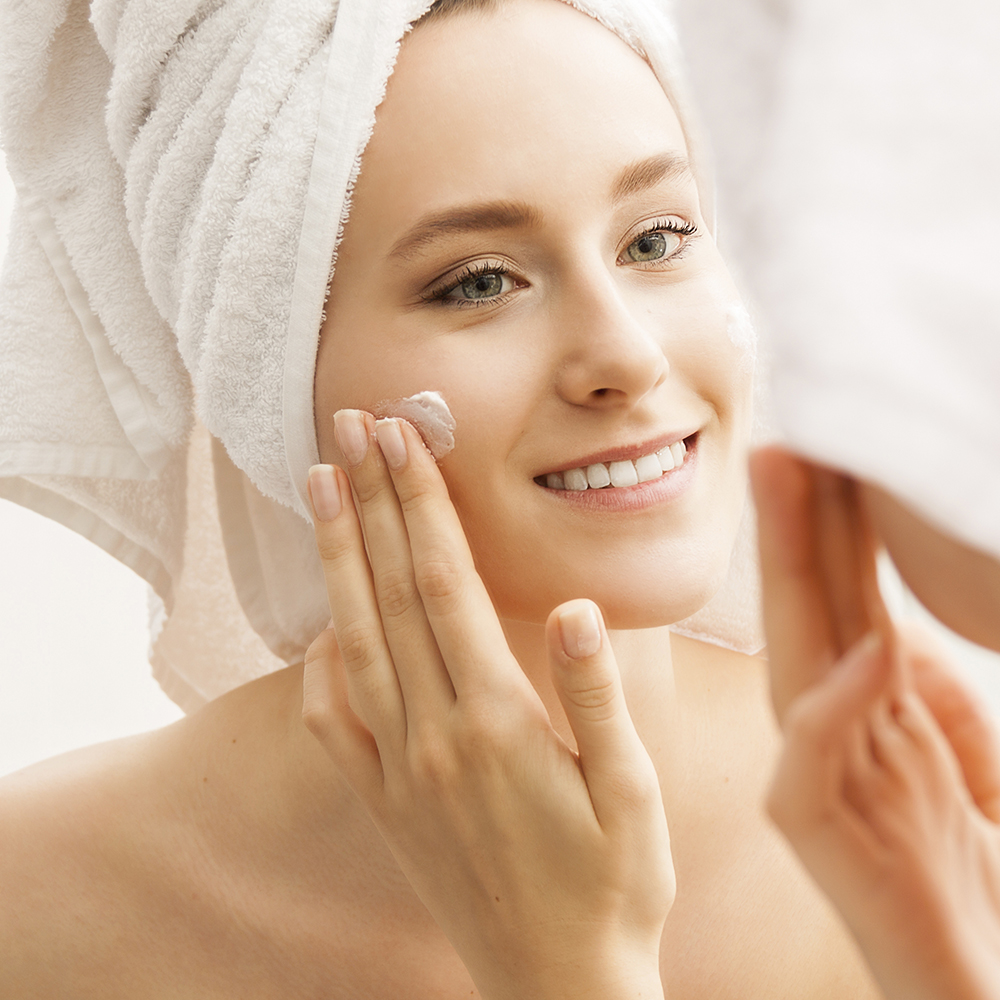
Don’t do a peel while on Accutane
While certain peels are great at addressing acne, they shouldn’t be performed while on Accutane. Dr. Russak says you should not do a peel until you’ve been off Accutane medication for at least six months.
